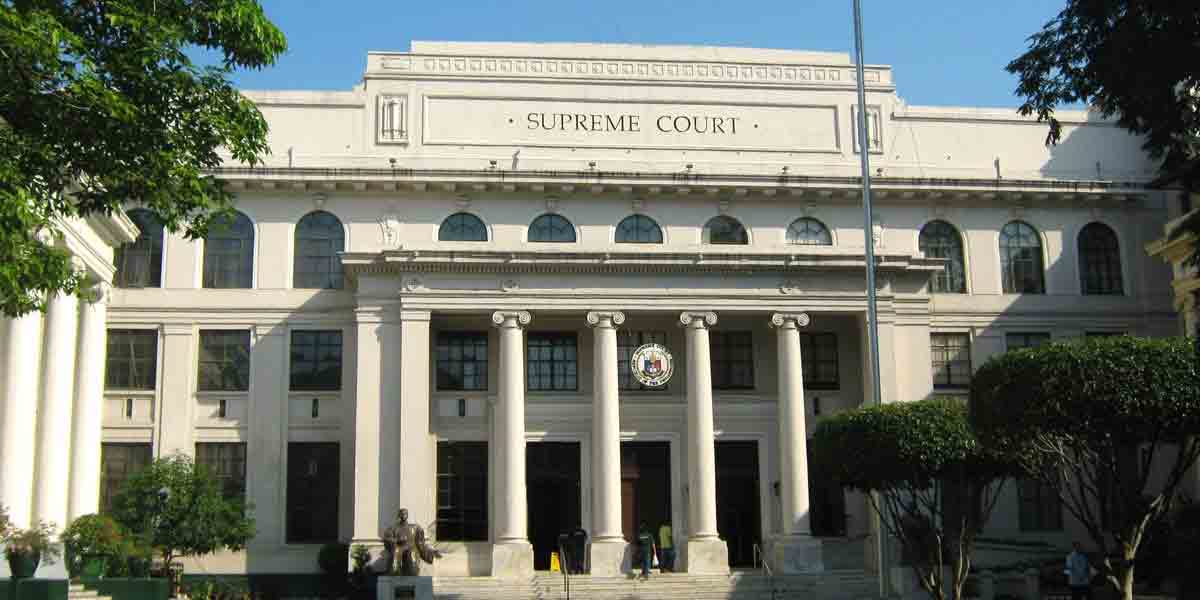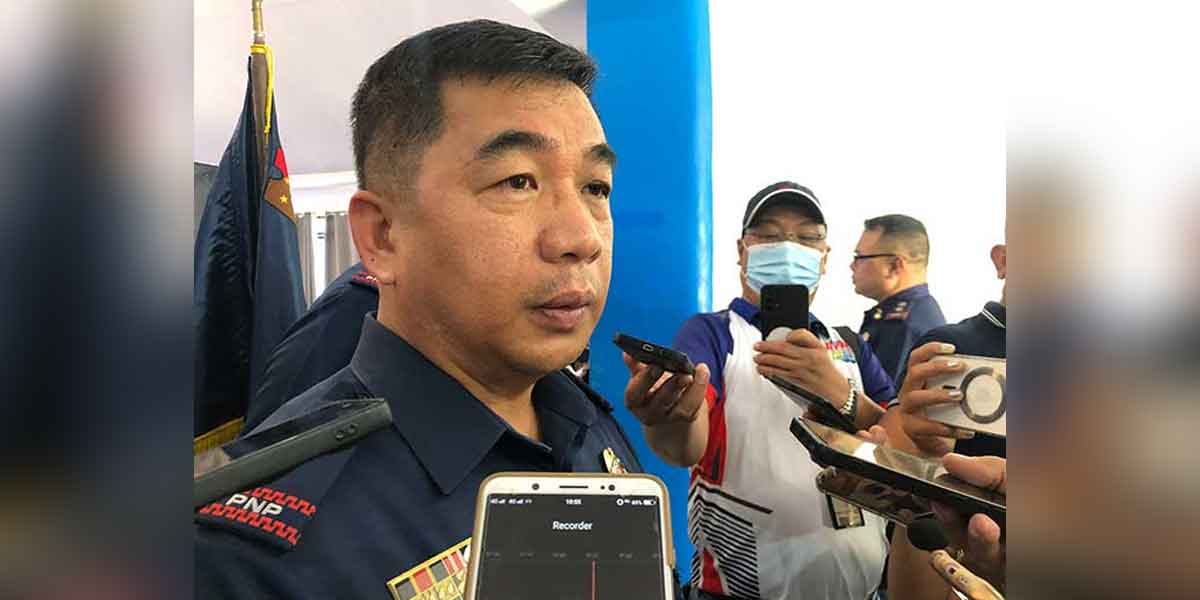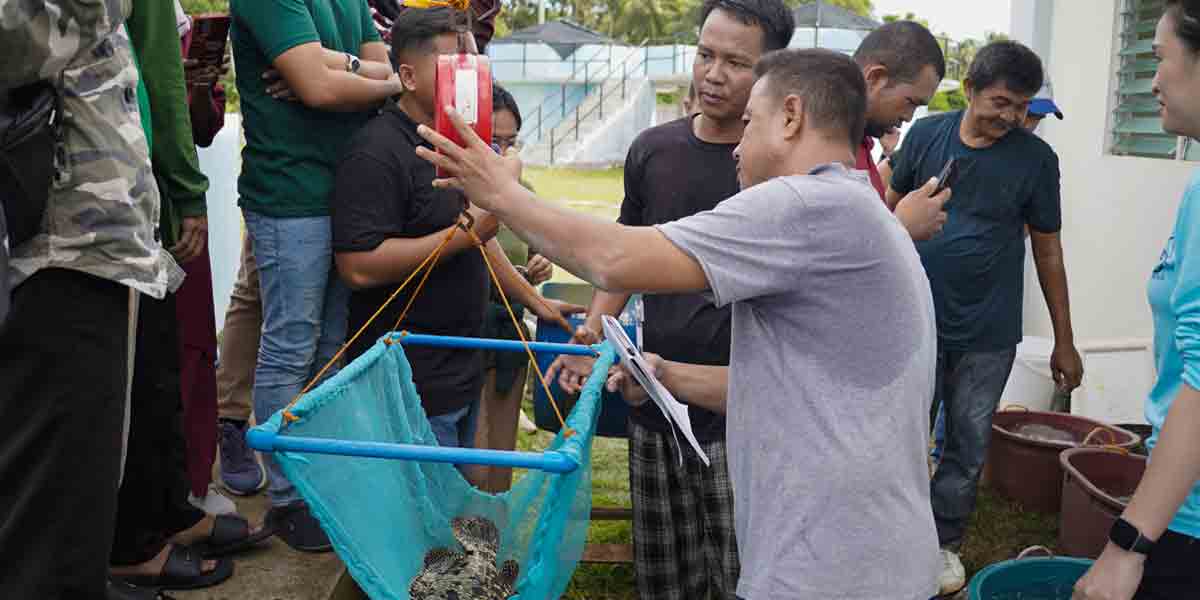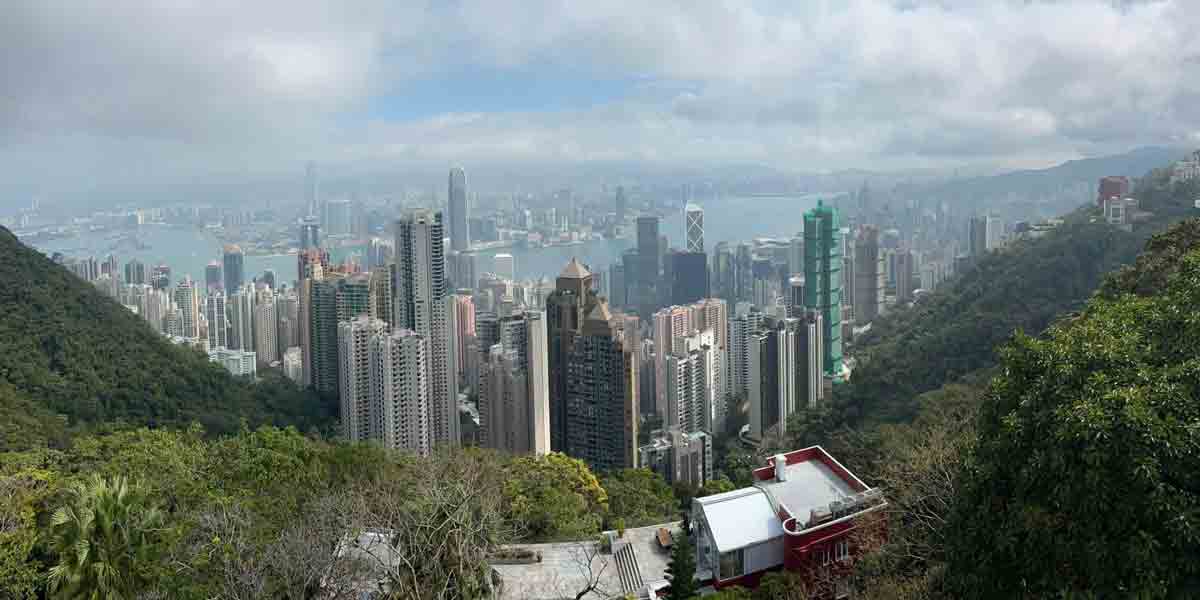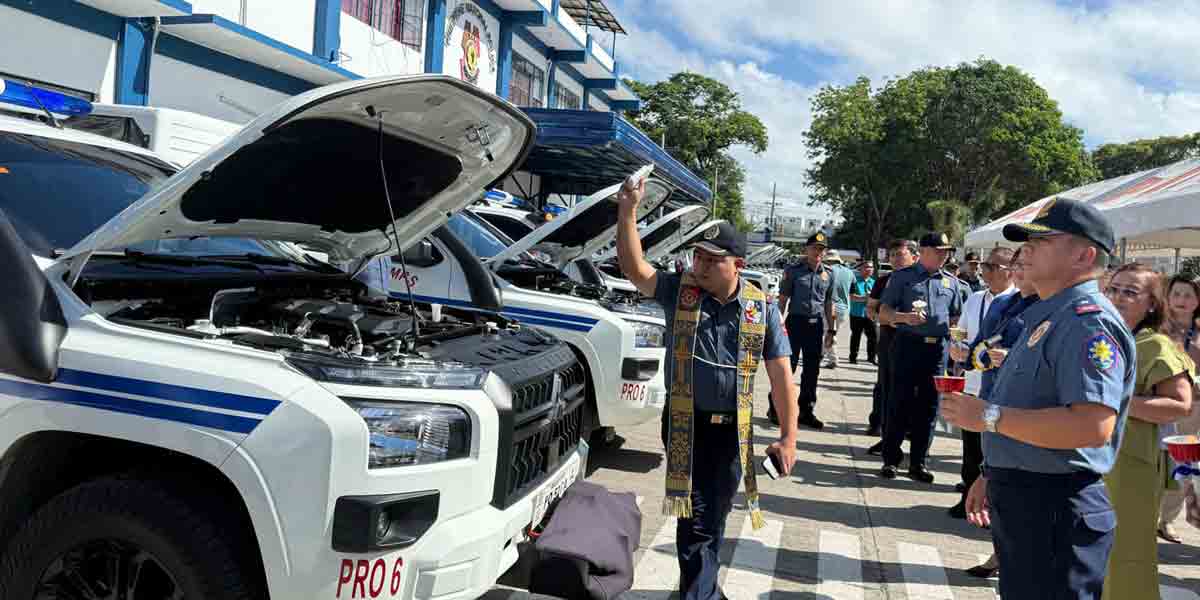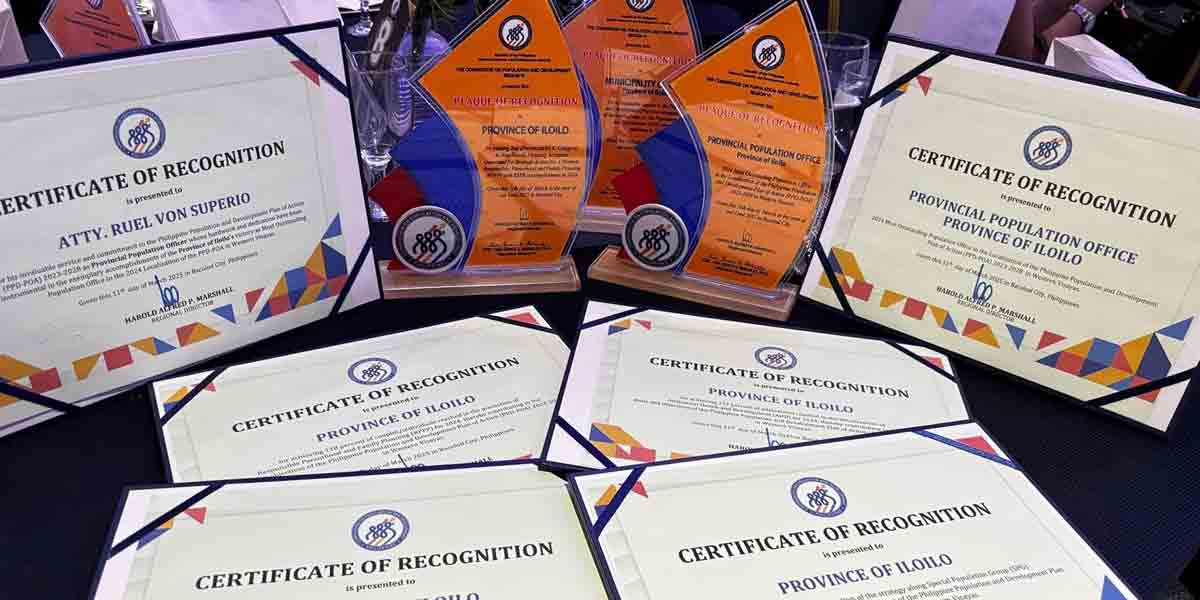 By: Edgar Mana-ay
By: Edgar Mana-ay
IT IS common knowledge that when an earthquake occurs at intensity above 6 in the Richter scale and that the epicenter is located in the sea, tsunamis will likely occur. This I had discussed in my Oct 9, 2018 column in The Daily Guardian.
Last Dec 20, the 1,000-foot high Anak Krakatao, an uninhabited volcano island in the Sundra Strait between Java and Sumatra Island linking the Indian Ocean and Java Sea, erupted and triggered destructive tsunamis 24 minutes after eruption. Anak Krakatao is a small but very active and violent volcano that emerged around 1928 in the crater, left by the mother Krakatao whose massive 1883 eruption killed at least 36,000 people. The powerful tsunamis exacerbated by high tide swept over the beaches of Southern Sumatra and Western Java, inundating tourists, hotels, and coastal settlement. Hundreds of buildings were destroyed by waves that left a tangled mess of corrugated steel roofing and rubble at Carita beach, a popular spot for day-trippers on the West coast of Java. Death toll as of Dec 31 exceeds 500, not including the missing who were maybe carried by the returning water towards the sea of maybe another 150 bodies.
This very rare natural disaster was most likely triggered by the violent eruption of Anak Krakatao where a section of the volcano of about 64 hectares collapsed below the sea (called submarine landslide) and slid into the ocean. As shown by satellite image, two-thirds of the island area and height disappeared due to the violent explosion. This very large and sudden thrust of earthen material into the sea caused massive displacement of seawater, resulting in a 5-meter high tsunami. Since people always tend to build everything close to the shore lines, tsunamis will have devastating effects on their homes and buildings. In the case of a 6.0 or more intensity earthquake with epicenter below the sea, a portion of the sea floor caves in and the sea water surface over that fault is lowered. The surrounding sea water then rushes in to fill the low spot, creating impulsively generated waves that moves in all direction called tsunami.
Last May 2018, Kilauea volcano in Hawaii also erupted and continuously discharges molten magma into the sea for more than a month but no tsunamis was created by the magma flow. This is because the flow towards the sea was gradual, hence sea water displacement was also minimal. It, in fact, benefited the island of Hawaii because more land was slowly added as the magma solidifies and so Hawaii is quite literally growing.
Again, just like the earthquake generated tsunamis last Sept 28 which devastated Palu City in Sulawesi also in Indonesia, causing more than 2,000 fatalities, the Indonesians complained that there was NO WARNING from their government of an impending tsunami. In the Palu City case, government had issued the tsunamis warning when the waves was already hitting the shores! But in the recent tsunamis case, NO WARNING at all was received by those living along the coast of Southern Sumatra and Western Java. Indonesian authorities initially said that the waves was not tsunamis but instead tidal surges and urged the public not to panic. It later apologized, saying since there was NO earthquake so it had been difficult to ascertain the cause of the incident early on.
Professor David Rothery from the Open University said that the proximity of the volcano island to the shores gave the authorities very little time to react. This is so close to the affected shorelines that warning time would have been minimal given the high speeds at which tsunamis waves travel, he said.
True enough because tsunamis in deep water may have velocities up to 800 kilometers per hour (kph) and could easily keep pace with a Boeing 747 flying overhead.
The international earthquake generated tsunamis warning system for the Pacific region was put in place by the U.S. government thru its National Oceanic and Atmospheric Administration or NOAA. It has a Deep-ocean Assessment and Reporting of Tsunamis (DART system) where sea bed monitors are installed to detect unusual activity such as sea bed cave in due to earthquakes, then relayed to surface buoy and then to satellite in real time. This in turn is relayed to NOAAs Tsunamis Warning Center and Pacific Environmental Laboratory in Hawaii. All governments in the world including Indonesia and the Philippines (Pagasa and Phivolcs) are real time recipient of this info from earthquake generated tsunamis. The system is generated by earthquake vibration of the sea bed and detected all over the world. But no warning system has yet been in place for tsunamis generated by volcanic eruption. This lack of an early warning system gives authorities very little time to warn residents of the impending threat.
It will be almost impossible for us in the Philippines to experience volcano eruption generated tsunamis because most of our active volcanoes are far fromthe sea and except for Mt. Pinatubo violent eruption (although also far from the sea), all of our active volcanoes like Mayon erupts mildly. Like Indonesia, our country is also located in the so called circum-Pacific belt (also known as the Pacific Ring of Fire) an arc of volcanoes and fault lines that encircles the rim of the Pacific Ocean and so earthquakes and volcanic eruptions are always possible at all times. This is where our government should increase its preparedness and its warning system. I still believe we are more efficient than our Indonesian brothers.
Note: The author is the Hydro-geology Consultant of the Municipality of Pavia.


